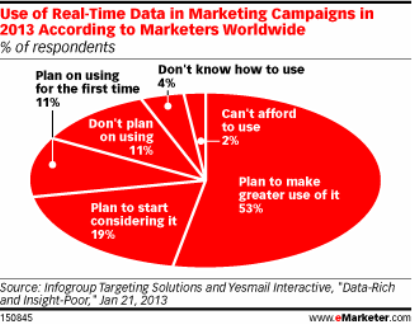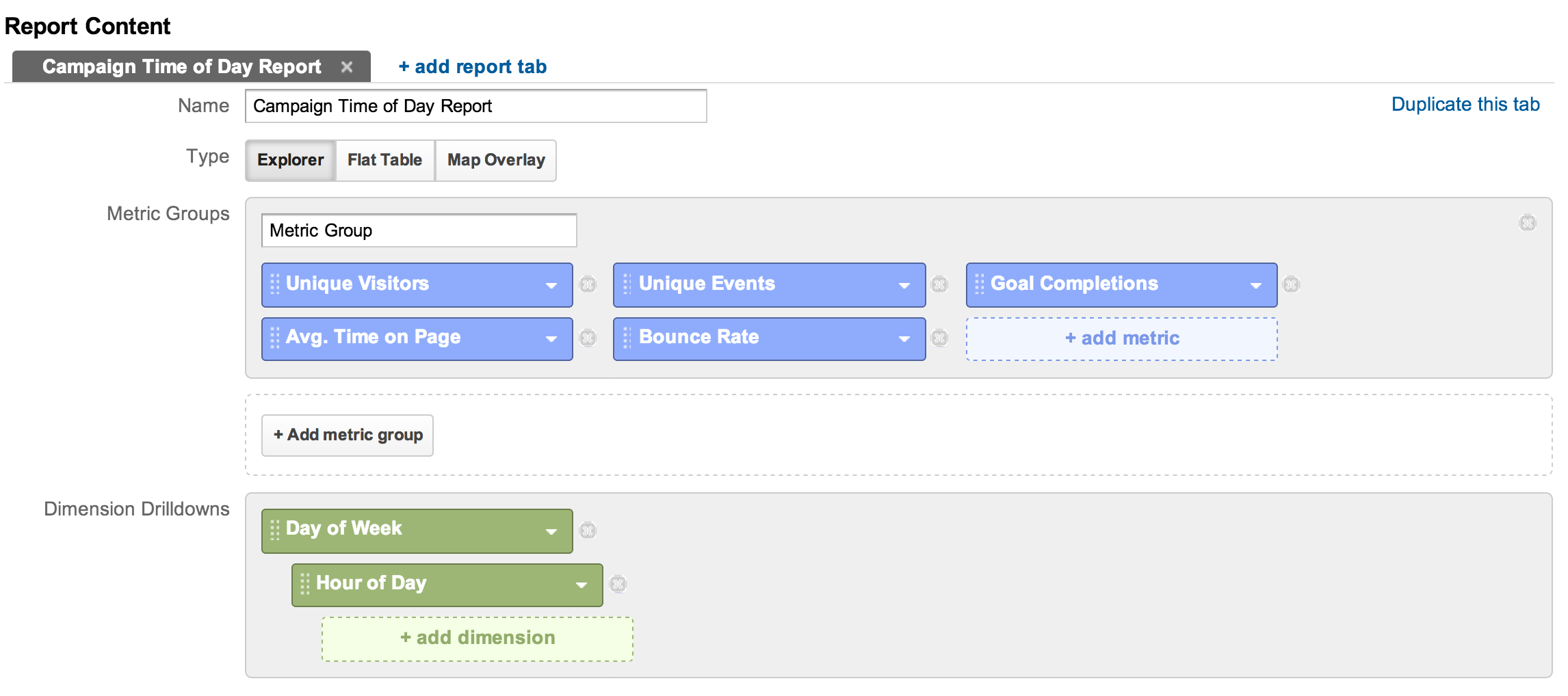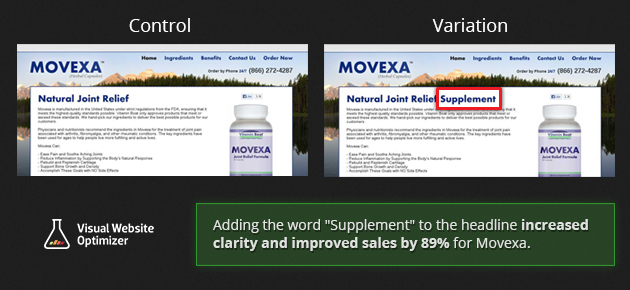Just a few hours ago, I heard David Meerman Scott (@dmscott) speak on social media and content marketing. At the end of the fantastic presentation, David summarized the importance of becoming a Real-Time Marketer, and how to do it. Here are the four key areas that were discussed:
- Find/hire/become a Real-Time officer
- Develop Real-Time guidelines
- Implement Real-Time suystems
- Develop Real-Time mindset
At the end, I thought there would be another bullet coming. I was hoping to hear something about analytics and measurement. Since David did not share any insights or metrics for analyzing marketing in real-time, I decided to suggest a few metrics that might help real-time marketers succeed. Before I list these metrics, here is some fascinating research from eMarketer that shows you how many companies are or planning to become become real-time marketers. And this data is just one year old.

Key metrics for Real-Time Marketers:
-
- Referral traffic. Let’s say you successfully newsjack a story. Then, other bloggers and journalists will reference your post or video as it relates to the story. Watch out for the referral traffic to see if your story catches on and drives new visitors to your site.
- New vs. returned visitors. Ideally, your social marketing will be so successful that you will reach beyond your current circle of influence that includes your exisiting customers/prospects and people who already come to your site. Watch out for the new visitors vs. returned site visitors to see if you are reaching new audiences.
- Mobile experience (time on site, page depth, actions completed). If you publish content on your site, chances are that at least 1/3 of your audience will experience your content on their mobile device. Are you prepared for the multi-experience world?
- Day-parting. Pay very close attention to the time of day when your campaigns are generating traffic. For example, Gilt had to change the times of when they announce their daily deals to ensure that both East and West coast customers could use the site. You might find that certain times of day are better for making your marketing move. Here is a report from Google Analytics that will allow you to track visits by the hour.

- Lead Generation. Content for the sake of content is never fun. At the end of the day, we want to see people who consume our content come back and use our products or services or consume more content. Over time, pay close attention to your conversions across different campaigns that you run. Which campaigns have the highest conversion rate? Perhaps you will notice that you need 2, 3, 4+ campaigns to run before somebody really notices you and decides to buy your products or services.
- Sharing – who and where. This one is closely tied to the first metric that we introduced. Where is your content being shared? Which sites promote your content the most? Who are the people that share your content online? You might want to consider building a rolodex of people who spread your message to their fans.
- Demographics. Who are the people that find your witty real-time campaigns funny and engageing? Inside GA, you can leverage demographics information to identify the age group, gender and interest of the people that found your website as a result of your story. This way, you can tailor your story to these specific demographics.

- Always A/B test your campaigns. Even if you just write a blog post, try writing a blog post with 2-3 different versions of the headline and then using Optimizely to test it. Here is an example for how the Variation beat the Control by 89.97% with 98% chance to beat original (Screenshot is taken from the visualwebsiteoptimizer.com site):

Conclusion: David said that you have to be fast and agile in your marketing. If this is the case, and we know it is, you have to be equally fast and agile with your analytics. Create dashboards and reports that will guide you in real-time for how to optimize your campaigns. You might get lucky with one story that catches on, but to make this a habit, you need analytics.
And one more thing… Please do not confuse real-time analytics with real-time analysis. There is no such thing as real-time analysis. You can be fast at interpreting your real-time data, but you still need time to do it well.
Good Luck, and I will be using the metrics and insights outlined above to see if this post catches on, and if David comments :).
P.S. It gives me additional pleasure to write this blog post using Hubspot, considering the fact that David Meerman Scott is an advisor to Hubspot and has co-authored a number of awesome books with Brian Halligan, Hubspot’s co-founder. Here is one about marketing lessons from Grateful Dead.

